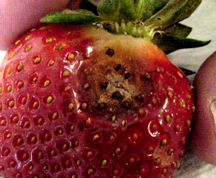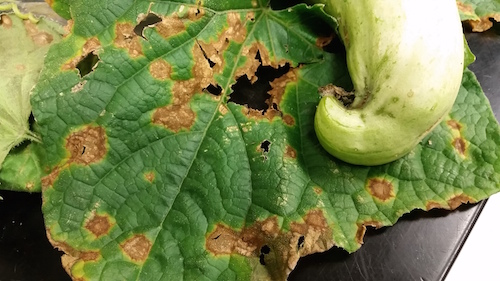In this edition:
- Insects:
- Scale crawler emergence
- Borer insects
- Upcoming problem pests / Redheaded flea beetle / SLF / Pest Scouting Guides
- Diseases:
- Leaf spot / foliage disease management
- Fire blight on Rosaceous hosts
- Canker fungi
- Boxwood blight
- Oomycete root diseases (Phytophthora, Pythium, Phytopythium)
- Plant Spotlight:
- NJ native azalea species
Please click “read more” below to get updates on pests, diseases, and other important resources for the week of 5/15/2023.





